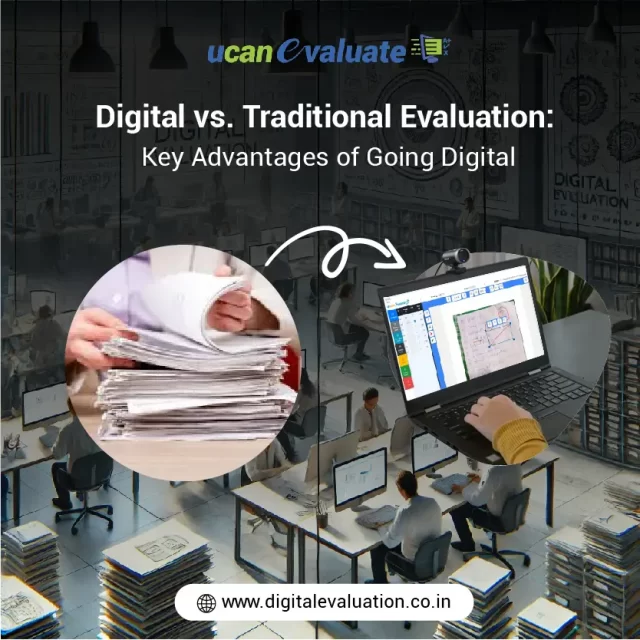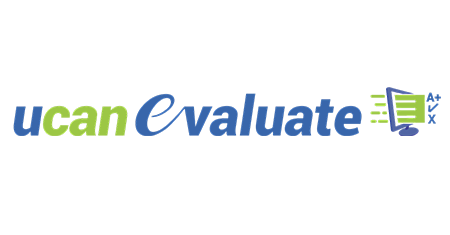The shift from traditional assessment methods to digital evaluation marks a transformative change in the educational sector. This shift is powered by innovations such as on-screen evaluation and on-screen marking, which bring a host of benefits, including enhanced efficiency, greater accuracy, and real-time feedback for students. 
With on-screen evaluation, educators can streamline the entire grading process. Scanning of answer sheets and answer booklet scanning eliminate the need for manual entry, reducing the chances of human error. This digital approach speeds up assessments while maintaining high accuracy, allowing educators to deliver more precise and timely feedback to students.
In addition to improved grading, on-screen marking encourages a more interactive and engaging experience for both teachers and students. Through digital platforms, educators can provide immediate feedback and even collaborate on assessments with colleagues. This collaboration ensures consistent evaluation standards across different subjects and teams, fostering a more unified approach to student performance analysis.
At Learning Spiral, we are committed to supporting educators by providing cutting-edge digital evaluation tools. Our on-screen marking system simplifies the assessment process, enabling teachers to focus on their core role—enhancing student learning. Our solutions are designed to not only reduce time and effort but also to improve the quality and consistency of the assessment process.
In conclusion, the advantages of on-screen evaluation over traditional methods are undeniable. The ability to scan answer sheets, provide instant feedback, and collaborate seamlessly makes digital evaluation a game-changer for educators and students alike. Learning Spiral encourages educational institutions to embrace these innovative tools to transform their assessment practices, creating a more efficient and accurate evaluation system for the future.
By adopting on-screen marking and digital evaluation, educators can elevate their teaching methods, enhance student outcomes, and pave the way for the future of education.

